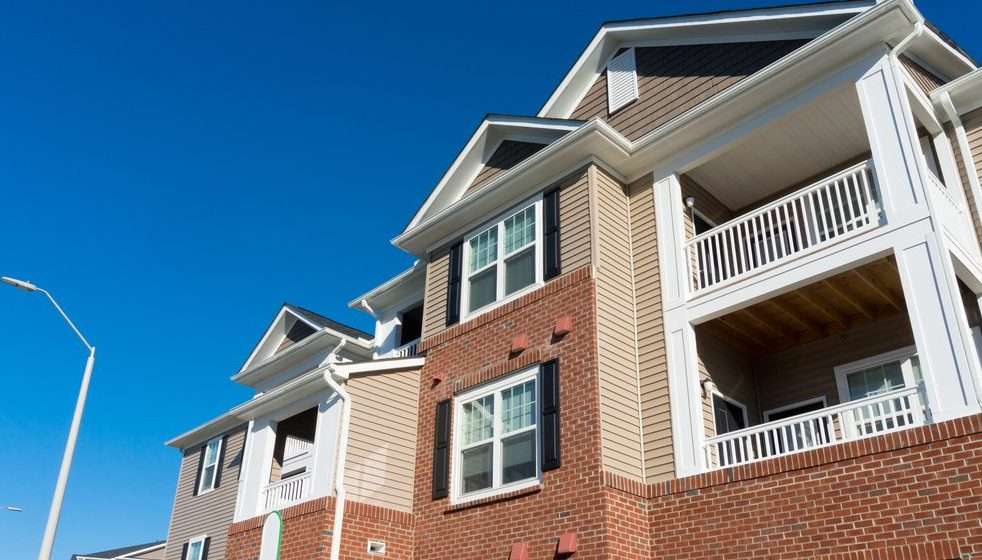
What is a Multifamily Investment Property?
As the name suggests, multifamily properties house multiple families in a single location. Technically, any residential property that contains more than one rental unit (each with its own kitchen and bathroom) is considered a multifamily property. Whether the units are located side-by-side or stacked within the same building is true.
The most common type of multifamily investment property is the apartment complex, which the industry generally recognizes as one of three types – garden style, mid-rise, or high-rise.Are Multifamily Properties a Smart Investment?
Recent studies show that 36% of U.S. households currently rent their homes. Overall, homeownership is on a downward slide. The recent sharp uptick in home prices has impacted a whopping 39% of potential would-be homebuyers who earn more than $50,000 annually by pricing many of them out of the housing market.*
In addition, a greater number of higher-income Millennials are choosing “lifestyle renting.” This phenomenon refers to a preference for the flexibility and amenities of upscale rental units over the desire for homeownership. The allure of an all-inclusive location with all of the amenities you could want to be located in your apartment building is quite enticing when considering where you would like to live and what you’re willing to spend. The demand for rental units is further fueled by retiring baby boomers, many of whom are selling their homes and moving into adult-only multifamily housing.* These housing developments work well for the outdoor maintenance-free requirements with the camaraderie and lifestyle amenities to entertain a retired renter.
Potential Challenges of Multifamily Investing
While multifamily properties may provide investors with an alternative source of income and the potential for appreciation, the task of actively managing these properties may be too burdensome for many.
In addition, large multifamily properties generally carry a high price tag, and the large upfront investment may put them out of reach for most investors. The good news is that another strategy is available to investors who want to own multifamily properties. If suitable, one can add multifamily properties to their portfolio by investing in alternative investments such as a Delaware Statutory Trust (DST). The DST is a passive investment option that typically requires a much lower minimum investment because investors own a fractional interest in the property and other investors. DSTs allowed investors to own institutional quality multifamily assets, completely managed and operated by professional companies.
A DST that holds multifamily properties provides all the benefits discussed above without the hassle of active management. A DST also can provide significant opportunities for diversification because it can hold different types of multifamily in multiple locations.
1031 Exchange into a Multifamily DST
If you are an accredited investor who currently owns an investment property and is ready to replace it with a multifamily investment, a 1031 DST may be a viable option. This allows you to access all the potential benefits of a multifamily DST while also deferring your capital gains and depreciation recapture taxes.
Contact us today to learn more about this investment strategy.
No comments:
Post a Comment